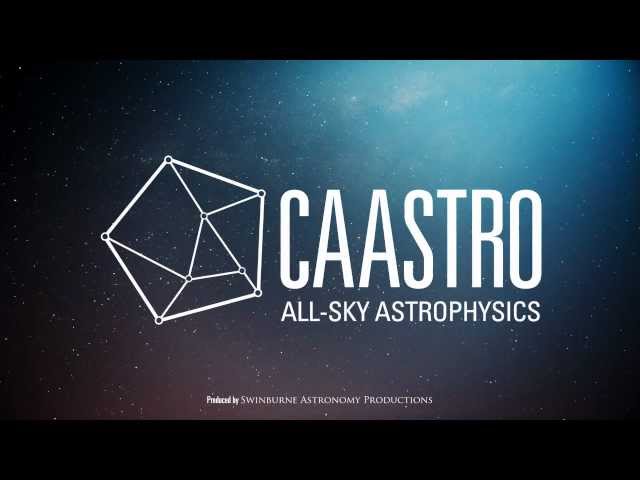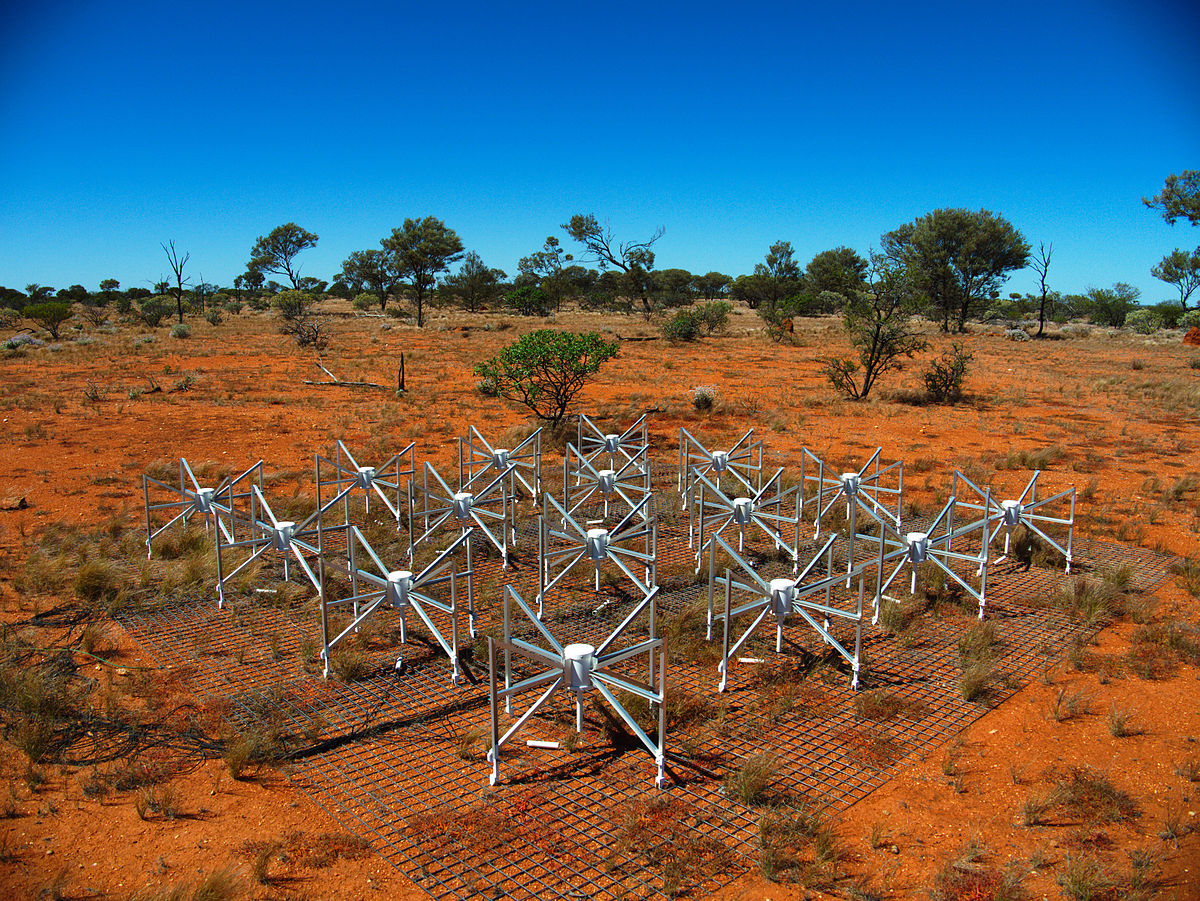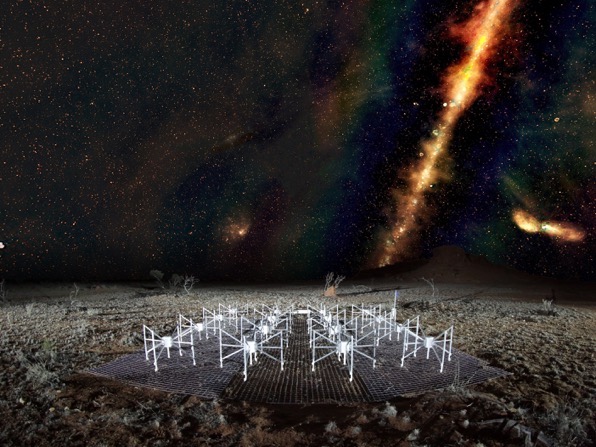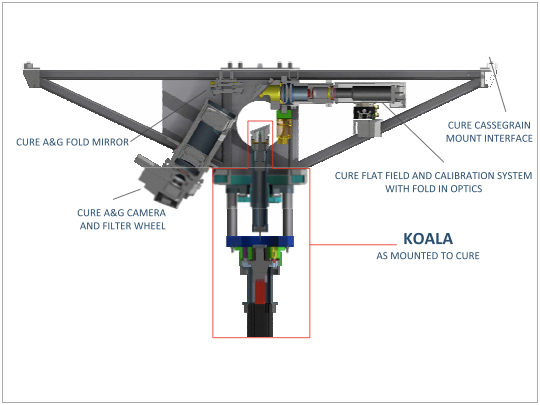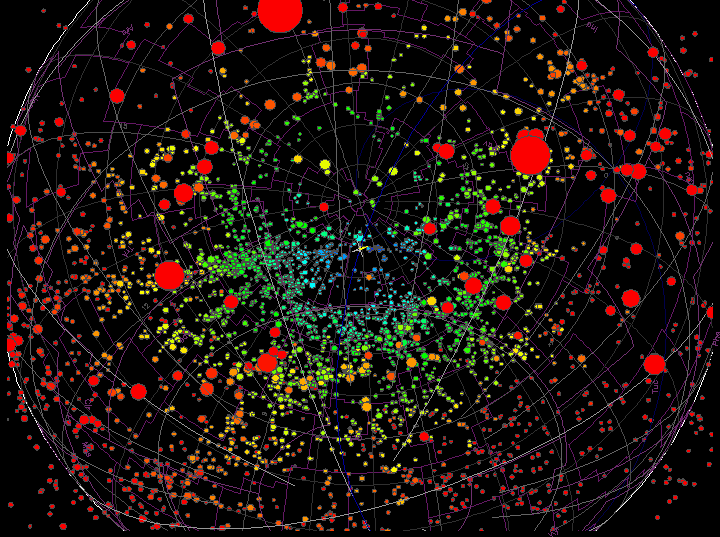Research Interests
Professor Rachel Webster's research career began at Cambridge University under the supervision of eminent astronomer, Lord Martin Rees. Her PhD research on Gravitational Lensing and Cosmology, marked the beginning of her illustrious career as an observational astrophysicist and cosmologist. Following her studies at Cambridge, Professor Webster moved to the University of Toronto to take up a postdoctoral position at the Canadian Institute for Theoretical Astrophysics. Her research focussed on the modelling and interpretation of light curves from the gravitationally lensed quasar, Q2237+0305 (also known as the Einstein Cross).
In 1992, she returned to the University of Melbourne where she began working on the Parkes Quasar Survey. This research focussed on the identification of a complete sample of flat spectrum radio sources using imaging and spectroscopy in the near infra-red (NIR), to search for high red-shift quasars. This lead to the first detailed investigations of dust-obscured quasars; the obscuring dust being either extrinsic (in the line-of-sight), or intrinsic to the region of the quasar itself. Her team found evidence for a large undetected population of dust reddened quasars, demonstrating that up to 80% of quasars may be missed in traditional optical surveys. Professor Webster was also one of the lead investigators of the HI Parkes All Sky Survey (HIPASS), and ambitious 5+ year survey that mapped the southern sky at radio wavelengths, to map the neutral hydrogen (HI) content in, and around galaxies.
Today, her research focusses on understanding the emission mechanism of quasars, further gravitational lensing studies, and research towards understanding the Epoch of Reionization (EoR). The EOR is an early period in the history of the universe during which the predominantly neutral intergalactic medium (IGM) was ionized following the emergence of the first luminous sources. Identifying these sources is a primary goal and the focus of her scientific research within the Murchison Widefield Array (MWA) collaboration. While the MWA does not currently have sufficient sensitivity to directly image individual features in the EOR signal, it serves as a critical test–bed for similar experiments that will be achievable with the future Square Kilometre Array (SKA).
In addition to Australian and international radio telescopes, Professor Webster's research also exploits the world-class Gemini telescopes in Hawaii and Chile, the Hubble Space Telescope (HST), and the Chandra X-Ray Observatory.
The Masters of Science in Physics (Astrophysics) comprises both coursework and research. The Doctor of Philosophy and Master of Philosophy comprises a research projects. Research projects offered by Professor Rachel Webster include the following topics;
- • Epoch of Reionisation
- • Galaxy formation
- • Large-scale structure and cosmology
- • Quasar astrophysics
